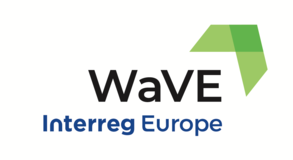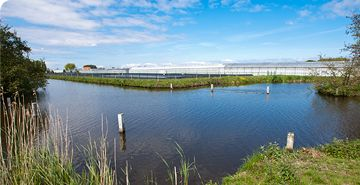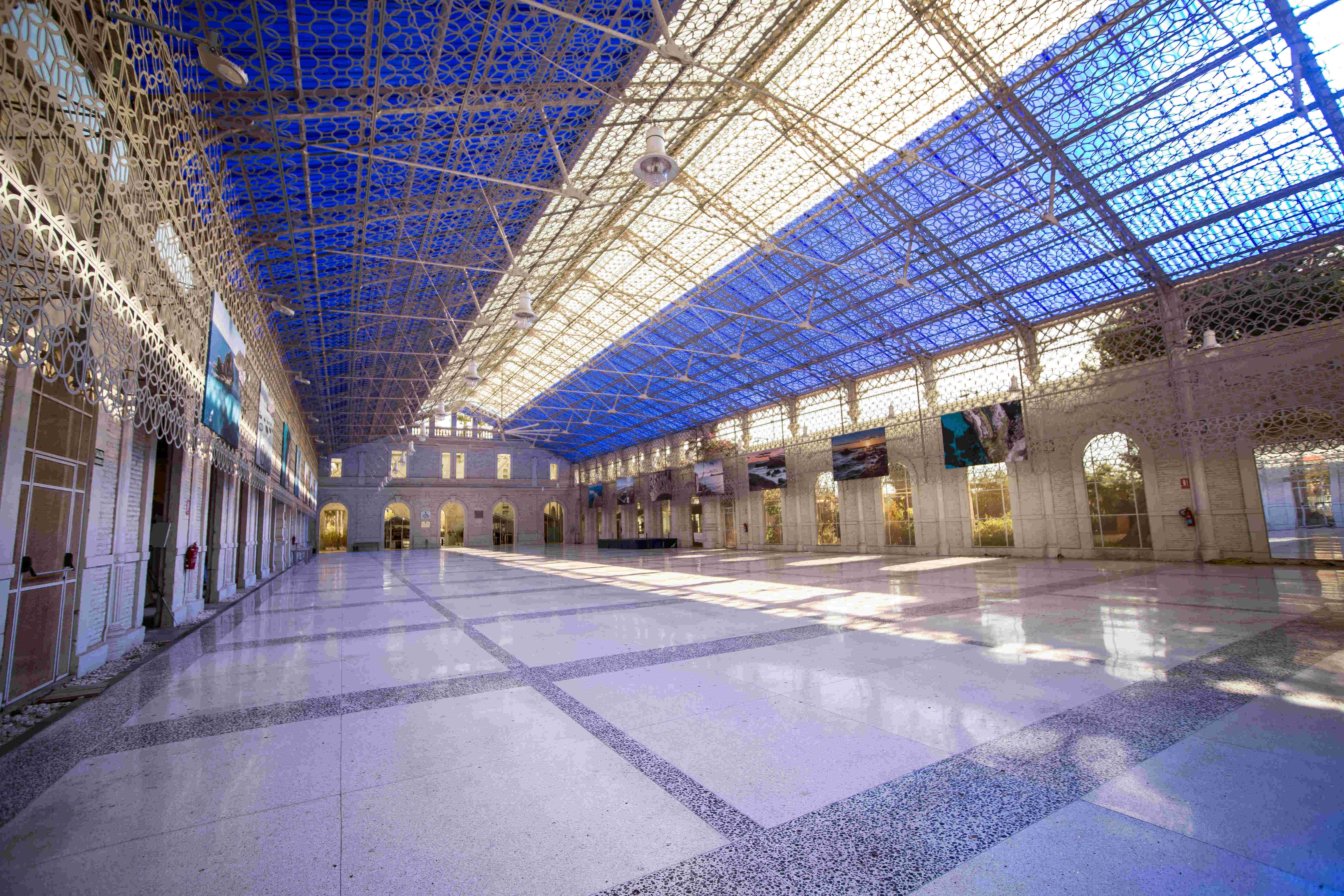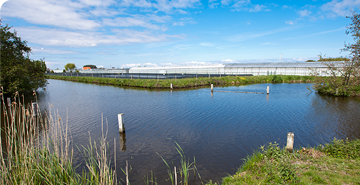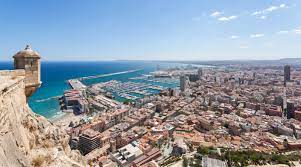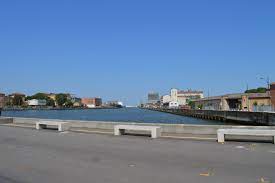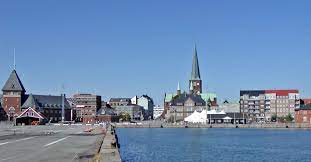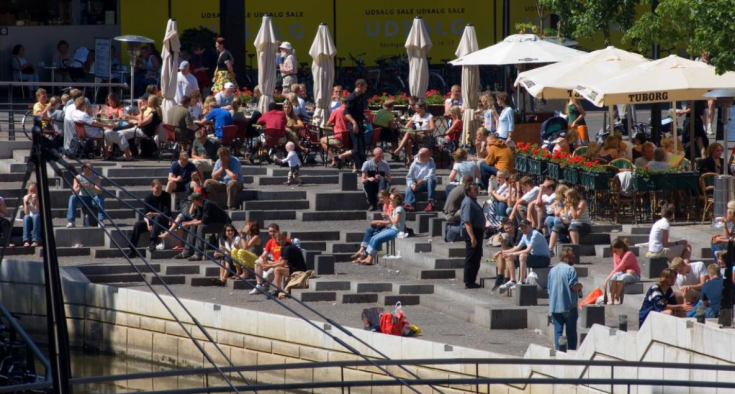Let's take a closer look at the results of the Pilot Action of the Ister-Granum EGTC.
>> You can read HERE the interview with Péter Nagy, Director of the Ister-Granum EGTC, who told us in more detail which new approach they tested within the Pilot.
We are particularly proud in this period for the progress Ister-Granum (IG) made in the implementation of the pilot. By summer, research has been conducted about water-related heritages of 15 selected settlements of the region. As the 1st step, existing heritage documentations were collected and overviewed such as online materials, local history publications, analyses of earlier databases and publications of IG, regions’ tourist brochures and publications. The researchers compared all information received from different resources to eliminate contradictions and find the truth.
Following, they visited each settlement and conducted in sum 23 interviews with local people such as local historians, museum directors, cultural professionals, mayors and tourism professionals. These interviews provided the most valuable information about heritages especially about intangible heritages which haven’t been collected yet. The outcome of this extensive research was summarized in an almost 200 pages study which presents the heritages settlement by settlement.
>> Download the complete study "Our past is our future"
It was concluded by the experts that nowadays people’s connection with water is limited to flood protection. Some tourist destinations are an exception in this regard, but in principle water bodies’ involvement into tourism development is rare while there is a great potential in the region. We hope that the pilot will raise awareness in this regard and encourage tourism developments related to water. Regarding the main content of the study, first built heritages are presented which are mainly sacral heritage in the region such as churches, chapels, crosses, statues, monuments, but also castles, mansions, and mills were discovered. A typical example for sacral heritage is the sculpture of Nepomuki St James which has representation in each of the settlements which are located next to water. Nepomuki St James is the saint of rivers, bridges, millers and fishermen. In addition, memories, stories and traditions about water-related professions as millers, fishing, shipping, waterman/ferryman were collected. Unfortunately, these professions have already been extinct in the region, and nobody practices them anymore.
Though, the most interesting outcome of the research was the collected water-related legends and stories about miraculous property of springs, fairies living in River Danube, tunnels under the River Danube, treasure hunting under the River and several love stories of local poets etc.
In parallel with this research, Ister-Granum also targeted residents to ask them about water-related heritages. An online contest was launched on Facebook inviting civil society to tell stories about and related to heritages and gave information about not well-known intangible, hidden heritages of the region. A video was created as an invitation which summarised the frame of the competition and gave some inspiration: https://www.facebook.com/watch/?v=546312833417227
Only 2 stories arrived so this contest could not particularly move people. It was concluded that older people know occupations/legends better and they are more difficult to be reached by Facebook. It seems that the conducted personal interviews are the best tool for discovering intangible heritages in this region.
Based on the huge amount of information from the research, 12 short videos started to be filmed about the discovered traditional water-related occupations and water-related legends. The 1st two are already available in Hungarian about Nagybörzsöny and Szob.
The videos are published periodically on the recently improved website of Ister-Granum and are connected to the KékUtak guide which will include thematic routes along water-related heritage sites. The pilot of IG already managed to raise significant attention for water-related heritages first among whom were involved in the research but through the videos also the residents.
